Home>Storage & Organization>Kitchen Organizing Tools>How To Keep My Dog Out Of The Litter Box
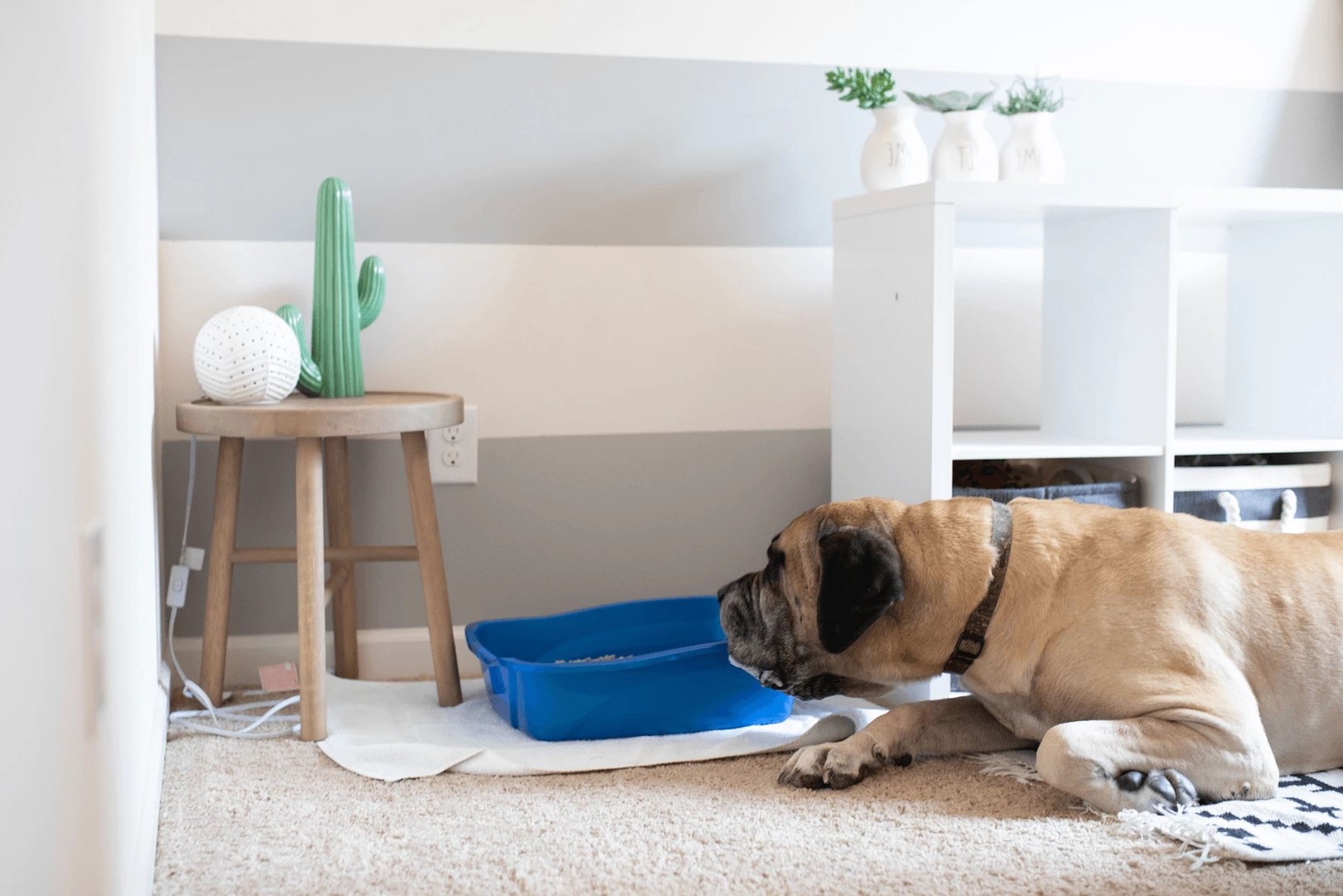

Kitchen Organizing Tools
How To Keep My Dog Out Of The Litter Box
Published: February 23, 2024
Discover effective kitchen organizing tools to keep your dog out of the litter box. Learn how to create a pet-friendly space with these essential products.
(Many of the links in this article redirect to a specific reviewed product. Your purchase of these products through affiliate links helps to generate commission for Storables.com, at no extra cost. Learn more)
Introduction
Keeping your dog out of the litter box can be a challenging task for many pet owners. The allure of the litter box, with its intriguing scents and textures, often proves irresistible to dogs, leading to a range of undesirable behaviors such as litter consumption, mess-making, and potential health risks. As a responsible pet owner, it's essential to address this issue to ensure the well-being of both your dog and your feline friend.
Understanding the dynamics of this common pet predicament and implementing effective strategies can help create a harmonious living environment for all involved. In the following sections, we will delve into the underlying reasons for this behavior and explore practical tips to keep your dog out of the litter box. By gaining insight into your dog's perspective and employing proactive measures, you can mitigate this issue and foster a peaceful coexistence between your beloved pets.
Key Takeaways:
- Keep your dog out of the litter box by placing it in a spot only accessible to your cat, using deterrent sprays, and providing mental and physical stimulation for your dog.
- Understand your dog’s curiosity and use positive reinforcement to redirect their attention away from the litter box, creating a harmonious environment for your pets.
Understanding the Issue
Dogs are naturally curious creatures, often driven by their keen sense of smell and instinctual behaviors. When it comes to the litter box, the combination of intriguing scents and the texture of the litter itself can be highly appealing to them. This attraction can lead to a range of unwanted behaviors, including consuming the litter, scattering it around the house, and even potentially causing health issues. Understanding the underlying reasons for this behavior is crucial in addressing the issue effectively.
From a dog's perspective, the litter box holds a treasure trove of enticing smells. Dogs possess a sense of smell that is exponentially more powerful than that of humans, allowing them to detect even the faintest odors. The scent of cat feces and urine, combined with the texture of the litter, can be irresistible to a dog's inquisitive nature. Additionally, dogs may view the litter box as a potential food source, especially if they are attracted to the taste or texture of the litter.
Furthermore, dogs are social animals that thrive on exploration and interaction with their environment. The litter box, often located in a secluded area of the house, may pique a dog's curiosity as they seek to investigate and potentially claim the territory as their own. This territorial instinct, coupled with the allure of the litter box contents, can lead to persistent attempts to access it, despite the owner's efforts to deter them.
It's important to recognize that this behavior is not indicative of a dog's deliberate disobedience, but rather a manifestation of their natural instincts and sensory-driven curiosity. By understanding the motivations behind their actions, pet owners can approach the issue with empathy and develop effective strategies to discourage this behavior.
In the following sections, we will explore practical tips and proactive measures to help keep your dog out of the litter box, promoting a harmonious living environment for both your canine and feline companions.
Tips for Keeping Your Dog Out of the Litter Box
1. Strategic Litter Box Placement
Position the litter box in a location that is easily accessible to your cat but out of reach for your dog. Elevated areas, such as shelves or cat trees, can serve as ideal spots for the litter box, as they allow your cat to access it while preventing your dog from reaching it. Additionally, installing a pet gate with a cat-sized opening can create a barrier that deters your dog without impeding your cat's access.
2. Invest in a Litter Box with a Cover
Consider using a litter box with a cover or hood to provide your cat with privacy while deterring your dog from accessing the litter. The enclosed design helps contain odors and prevents your dog from directly reaching the litter, reducing the temptation to investigate or consume its contents.
Read more: How To Keep Gnats Out Of The Litter Box
3. Utilize Deterrent Sprays
Explore the use of pet-safe deterrent sprays around the litter box area. These sprays emit scents that are unpleasant to dogs, discouraging them from approaching the designated space. Additionally, incorporating natural deterrents such as citrus or bitter apple scents can effectively dissuade your dog from showing interest in the litter box.
4. Train Your Dog with Positive Reinforcement
Implement positive reinforcement training to redirect your dog's attention away from the litter box. Reward your dog with treats, praise, or playtime when they exhibit appropriate behavior, such as ignoring the litter box or responding to verbal cues to leave the area. Consistent and patient training can help your dog associate positive experiences with staying away from the litter box.
5. Provide Adequate Mental and Physical Stimulation
Ensure that your dog receives ample mental and physical stimulation through regular exercise, interactive play, and enrichment activities. A well-exercised and mentally engaged dog is less likely to seek out alternative sources of stimulation, reducing their inclination to investigate the litter box.
6. Supervise and Redirect
When possible, supervise your dog's interactions with the litter box area and intervene promptly if they show interest in it. Redirect their attention to a more appropriate activity or area, reinforcing the boundaries and expectations within the household.
Read more: How To Keep Litter In A Litter Box
7. Establish a Safe Zone for Your Cat
Create a designated safe zone for your cat by utilizing baby gates or interior cat doors to provide access to areas that are off-limits to your dog. This allows your cat to retreat to a secure space where they can eat, rest, and use the litter box without the intrusion of your dog.
8. Seek Veterinary Guidance
If your dog's interest in the litter box persists despite your efforts, consult with your veterinarian to rule out any underlying medical issues or dietary deficiencies that may be contributing to this behavior. Addressing any potential health concerns can complement your behavioral interventions and promote a holistic approach to resolving the issue.
By implementing these proactive measures and understanding your pets' needs, you can effectively mitigate your dog's inclination to access the litter box, fostering a harmonious and hygienic environment for both your dog and cat.
Conclusion
In conclusion, navigating the challenge of keeping your dog out of the litter box requires a multifaceted approach that encompasses understanding, empathy, and proactive measures. By recognizing the underlying motivations driving your dog's interest in the litter box and implementing strategic interventions, you can create a harmonious living environment for both your canine and feline companions.
Understanding the dynamics of this common pet predicament sheds light on the sensory-driven curiosity and natural instincts that fuel your dog's behavior. Dogs, with their keen sense of smell and exploratory nature, are drawn to the intriguing scents and textures of the litter box. It's essential to approach this issue with empathy, acknowledging that your dog's actions stem from instinctual drives rather than deliberate disobedience.
The practical tips provided offer actionable strategies to deter your dog from accessing the litter box while ensuring your cat's comfort and well-being. From strategic litter box placement to positive reinforcement training, each approach is designed to create a conducive environment that meets the needs of both pets.
By strategically positioning the litter box in areas inaccessible to your dog and investing in deterrent sprays and covered litter boxes, you can effectively mitigate your dog's interest in the litter box. Additionally, positive reinforcement training, coupled with adequate mental and physical stimulation, empowers you to redirect your dog's attention and foster appropriate behaviors.
Creating a safe zone for your cat and seeking veterinary guidance if needed further reinforces your commitment to promoting a hygienic and stress-free environment for your pets. These measures not only address the immediate challenge of keeping your dog out of the litter box but also contribute to the overall well-being and happiness of your furry companions.
In essence, by combining understanding, empathy, and proactive strategies, you can successfully manage this common pet behavior issue. The coexistence of your dog and cat can thrive in an environment where their individual needs are respected and catered to, fostering a bond built on mutual respect and harmony.
By implementing these proactive measures and understanding your pets' needs, you can effectively mitigate your dog's inclination to access the litter box, fostering a harmonious and hygienic environment for both your dog and cat.
Frequently Asked Questions about How To Keep My Dog Out Of The Litter Box
Was this page helpful?
At Storables.com, we guarantee accurate and reliable information. Our content, validated by Expert Board Contributors, is crafted following stringent Editorial Policies. We're committed to providing you with well-researched, expert-backed insights for all your informational needs.
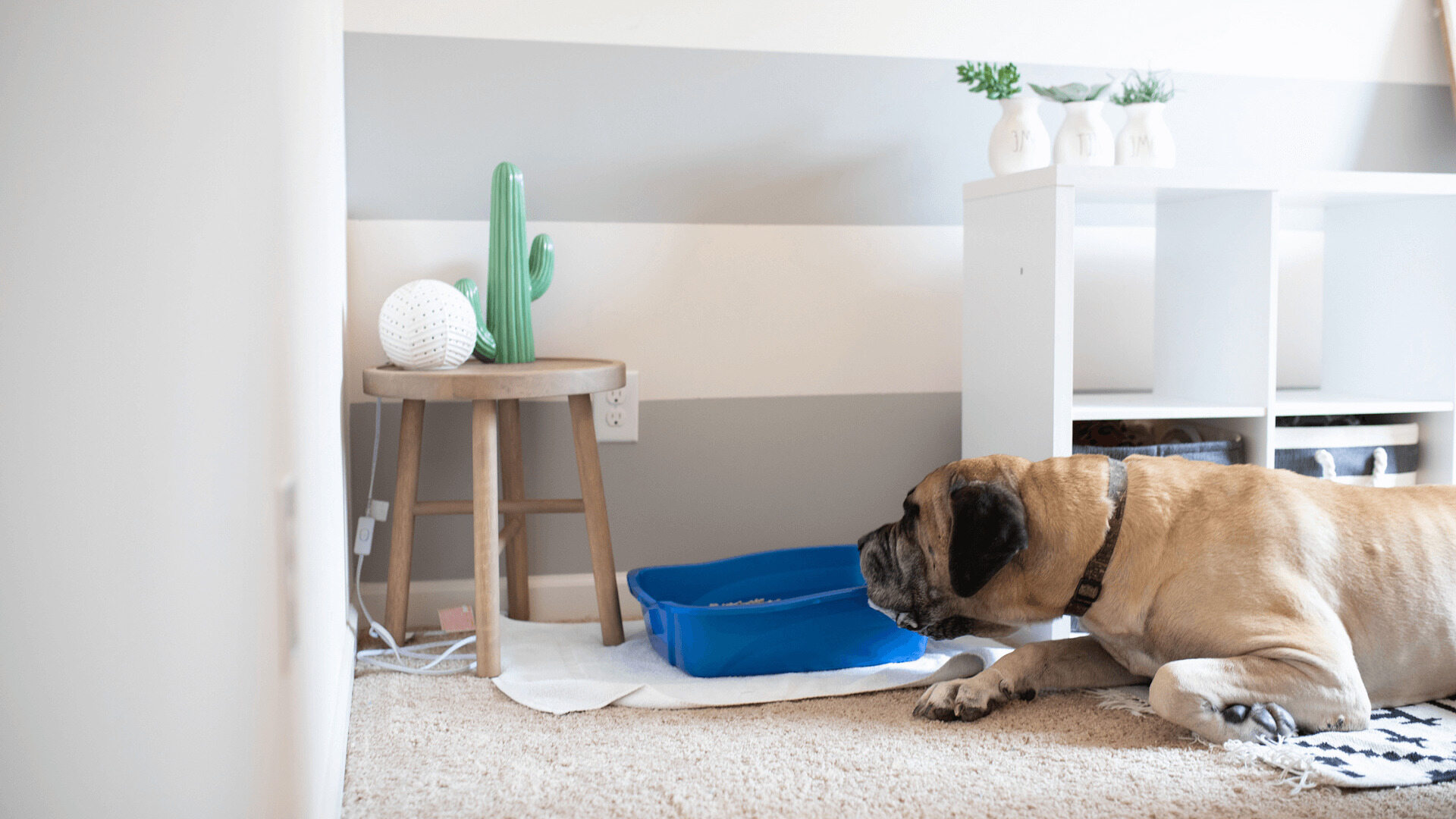
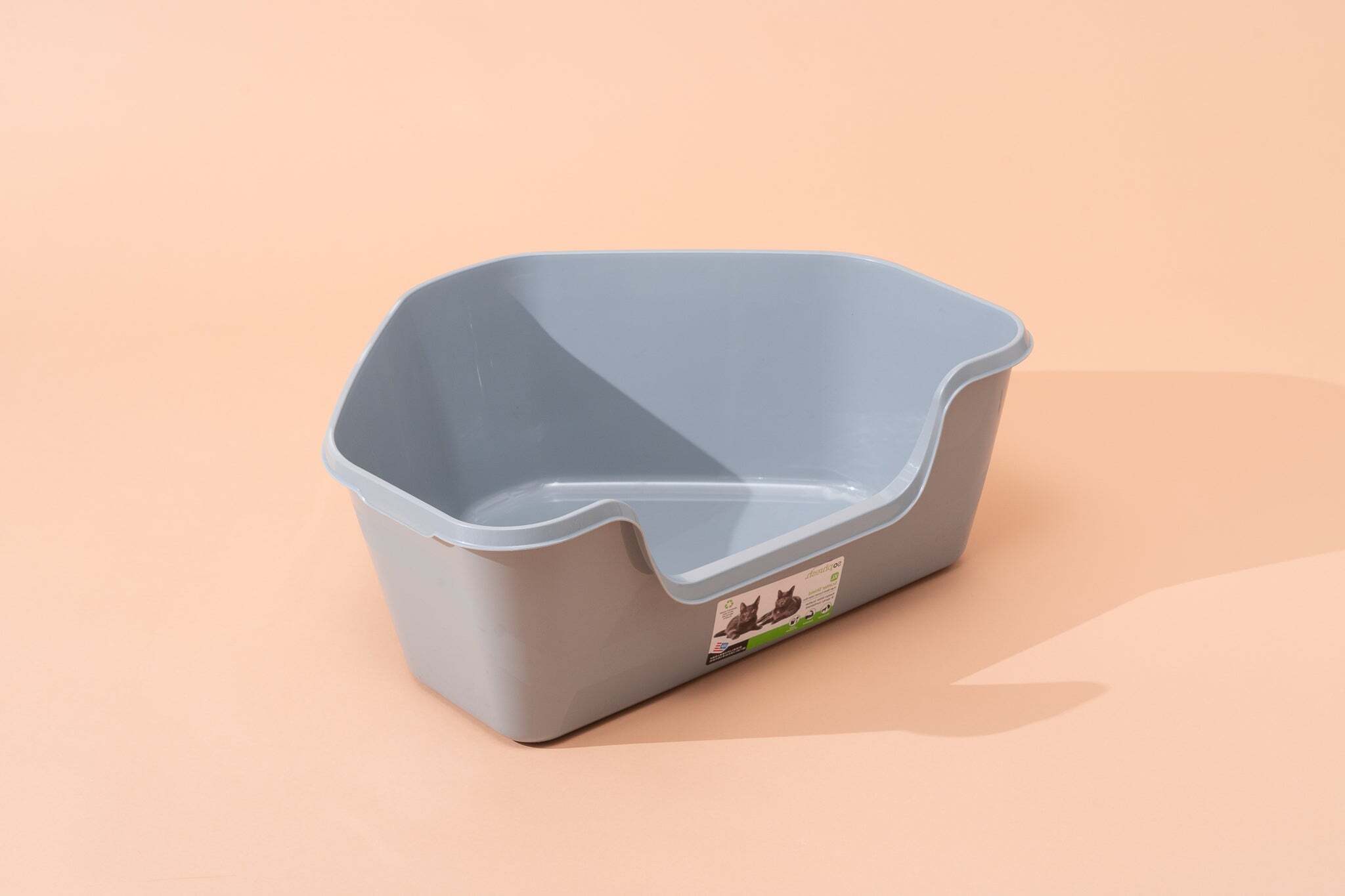
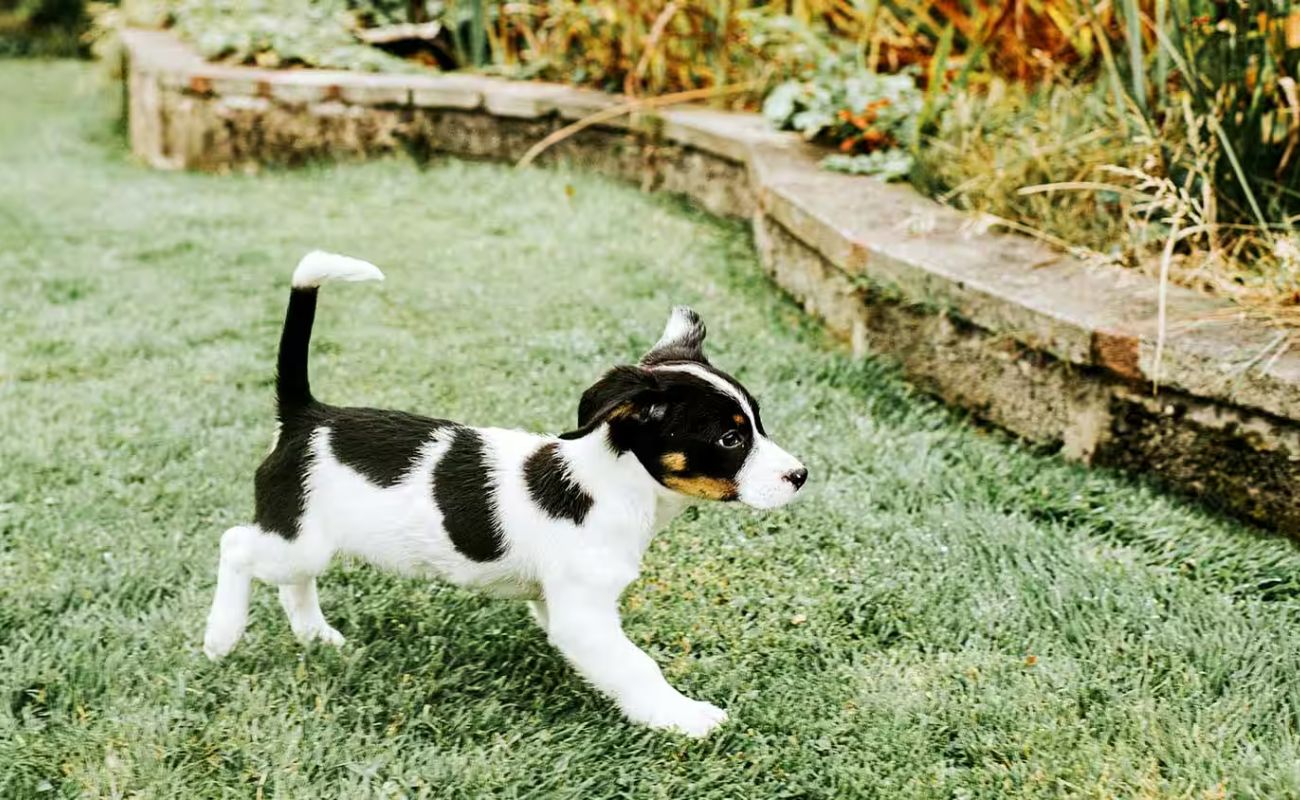
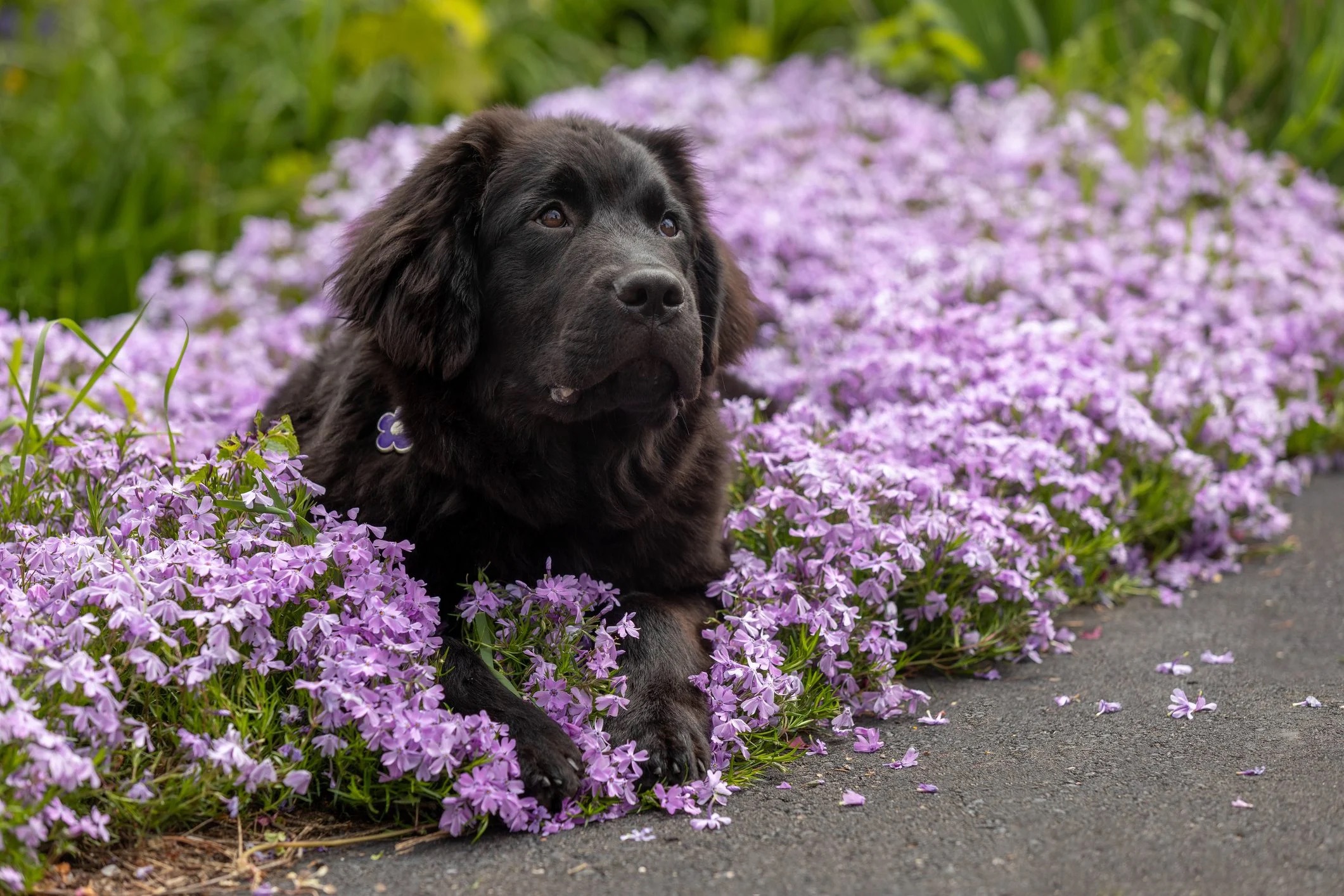
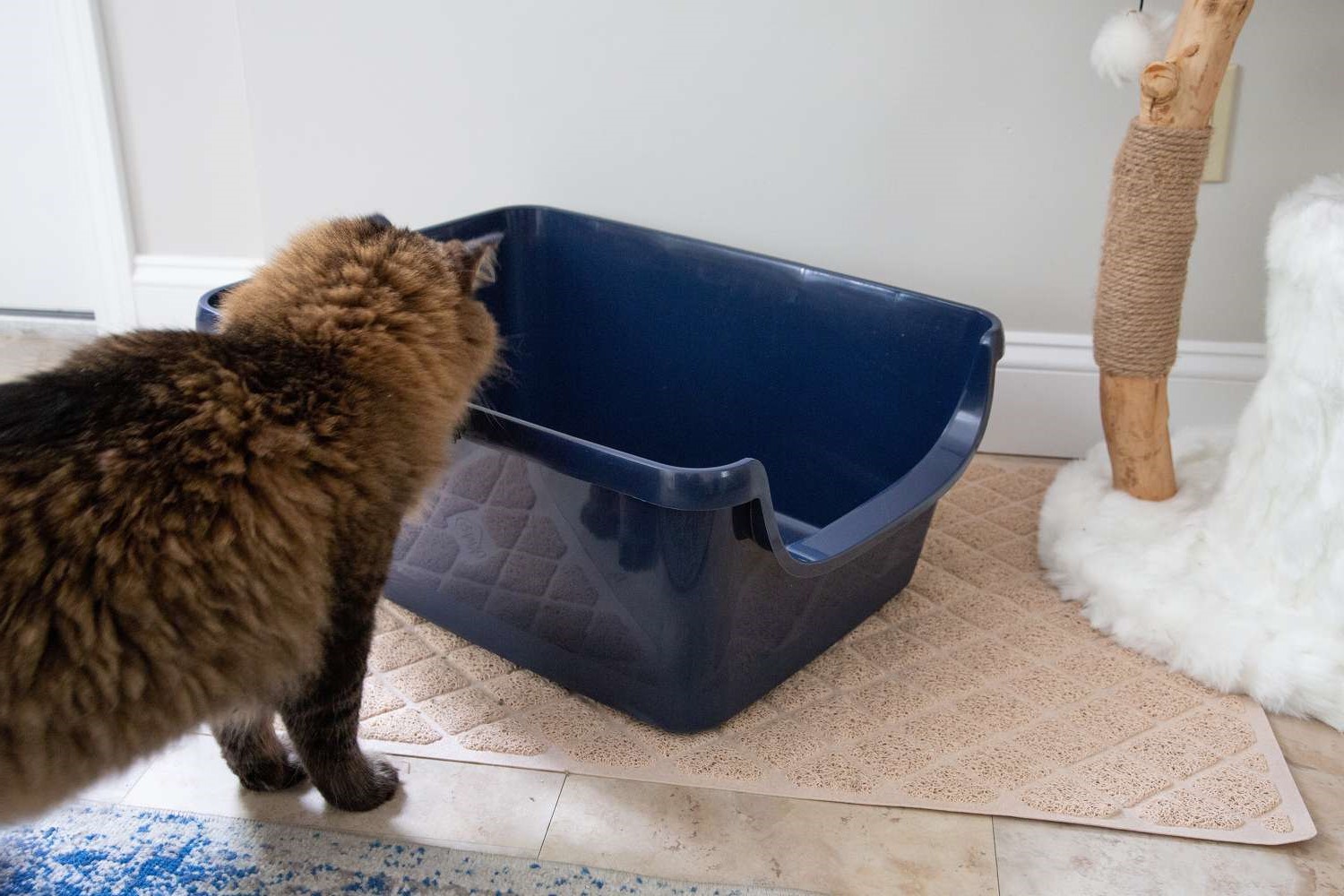
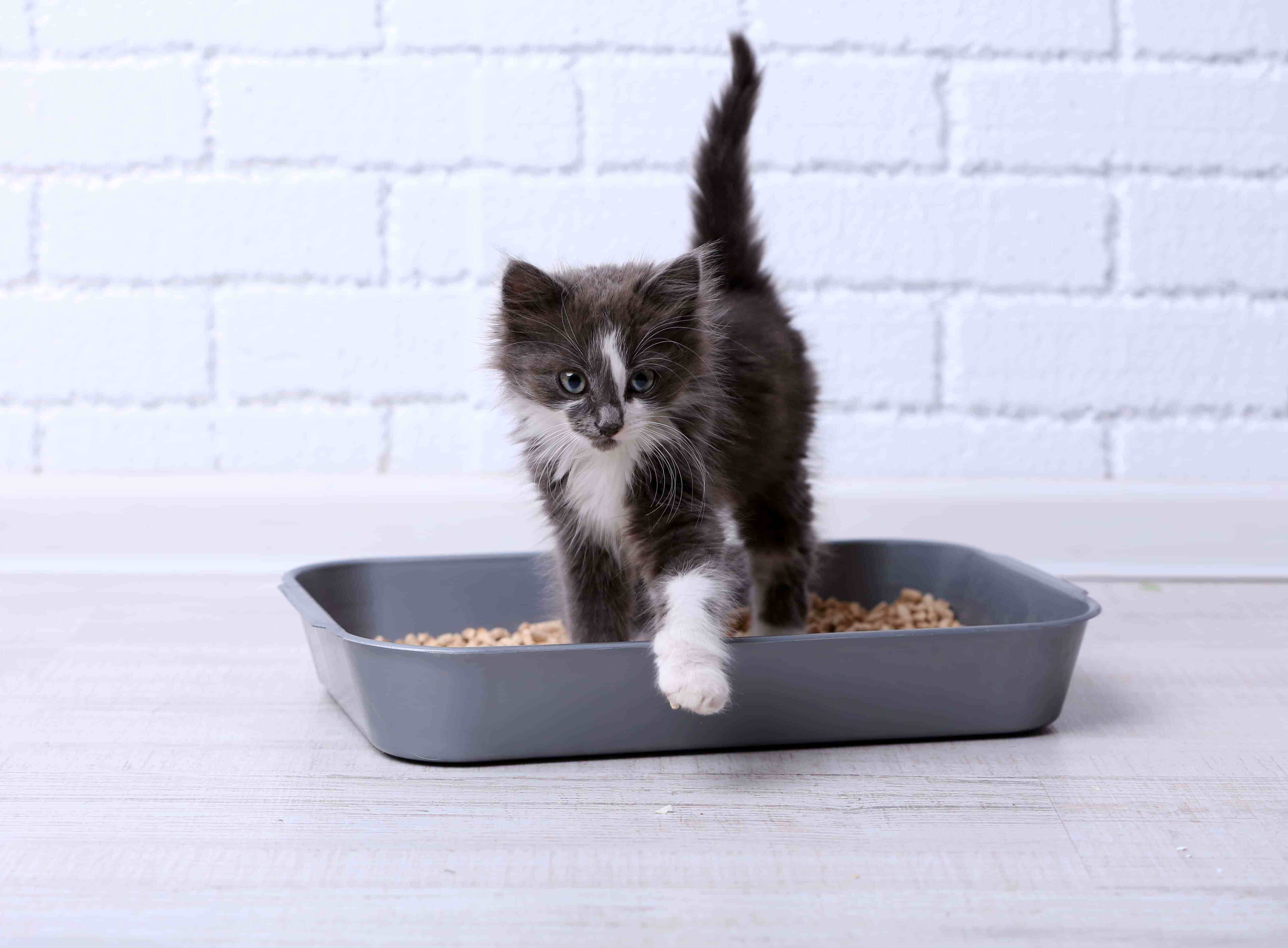
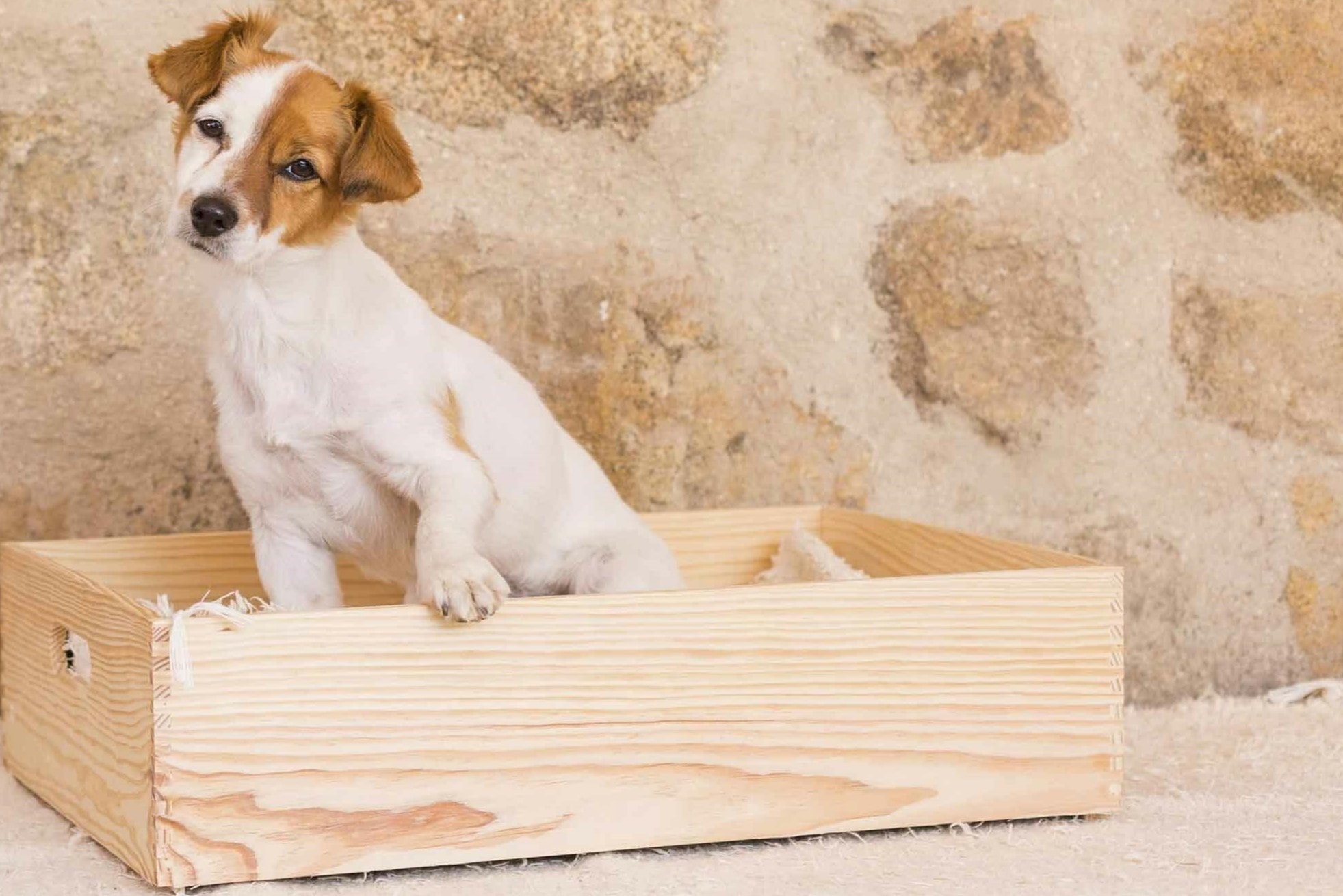
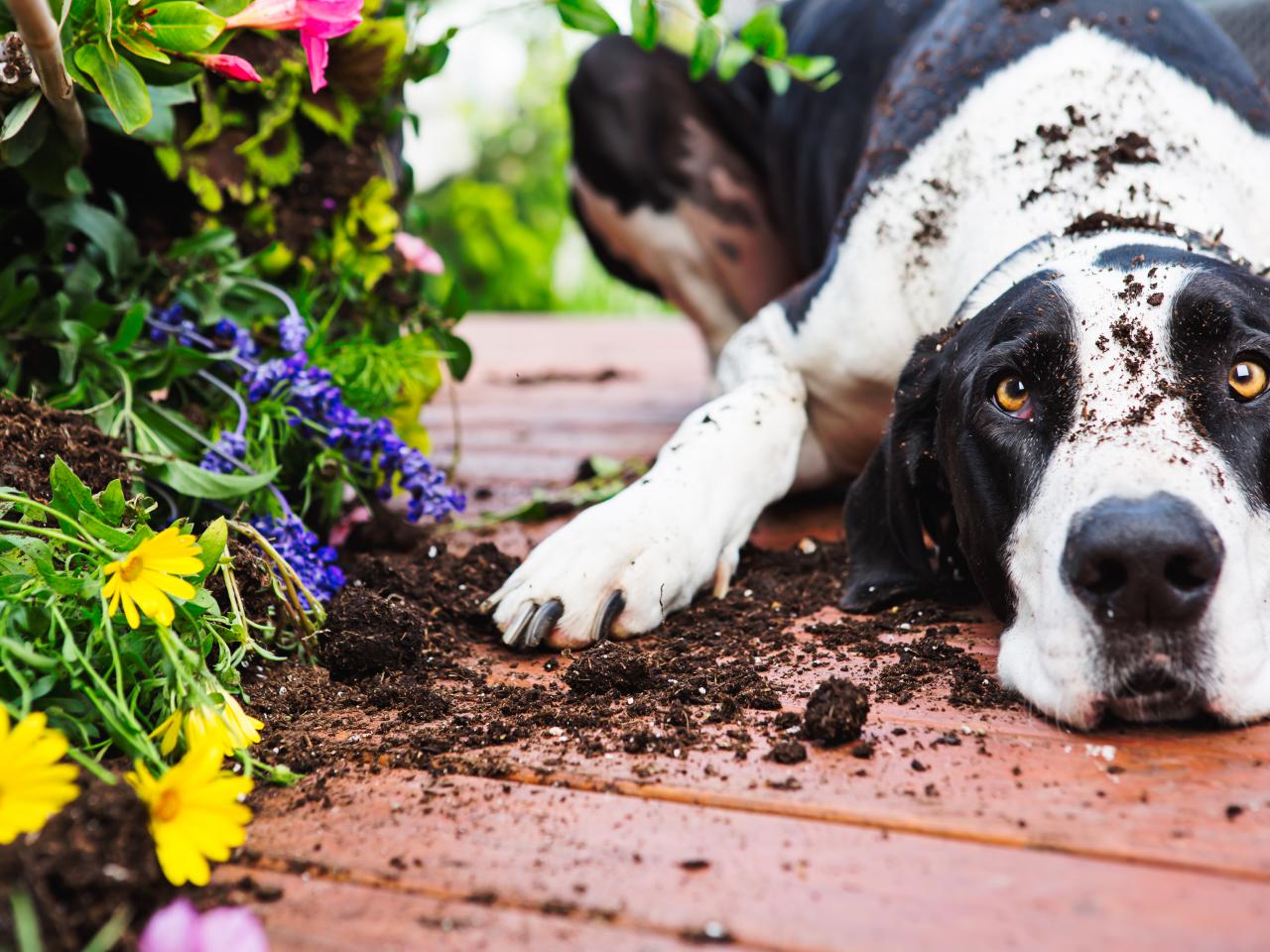
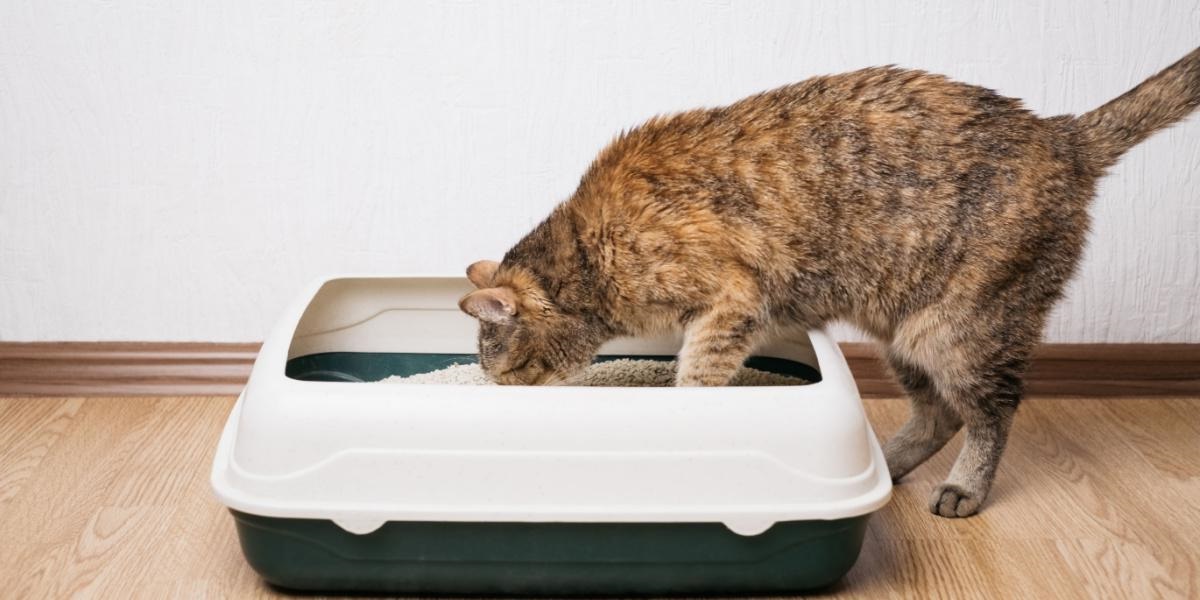
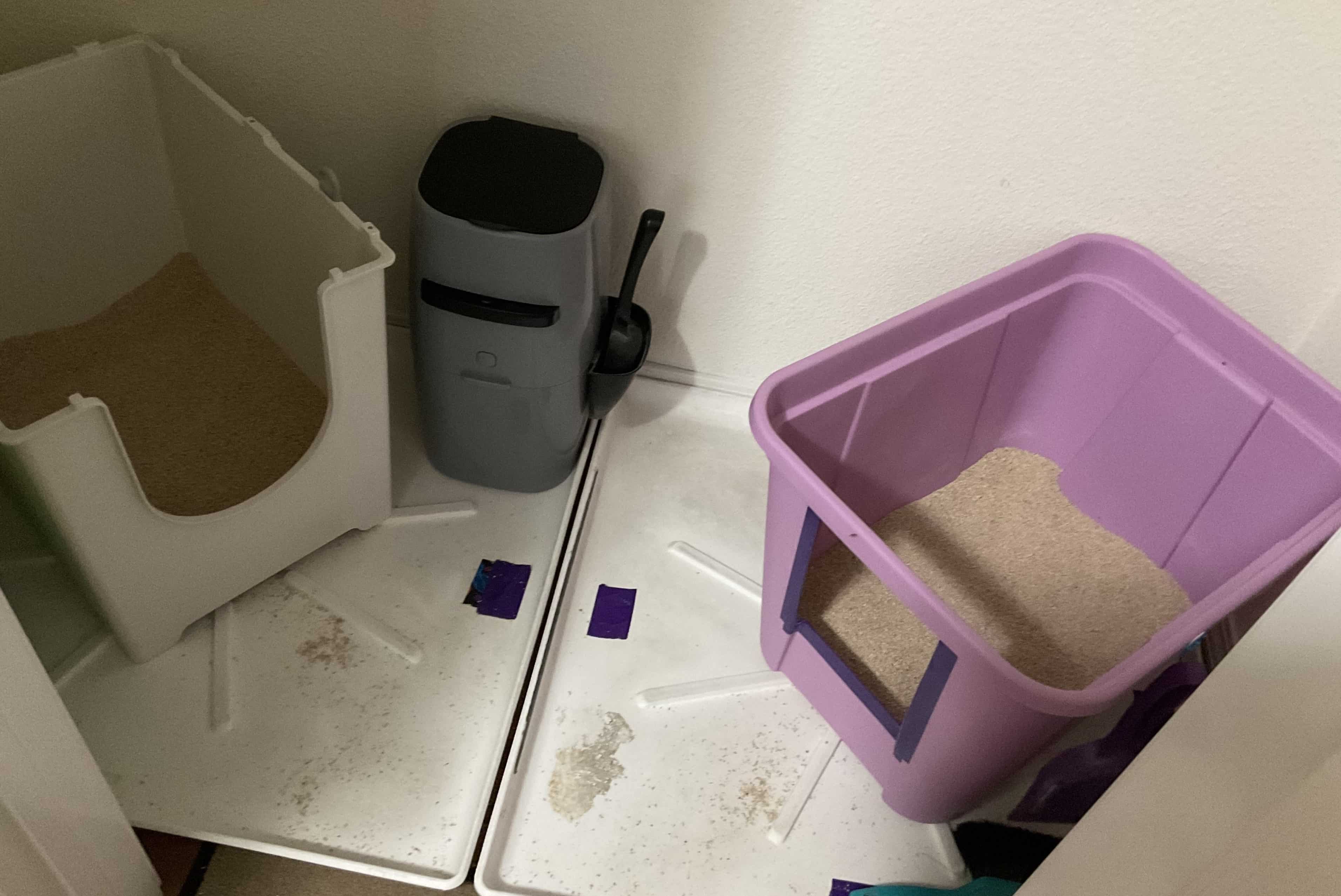
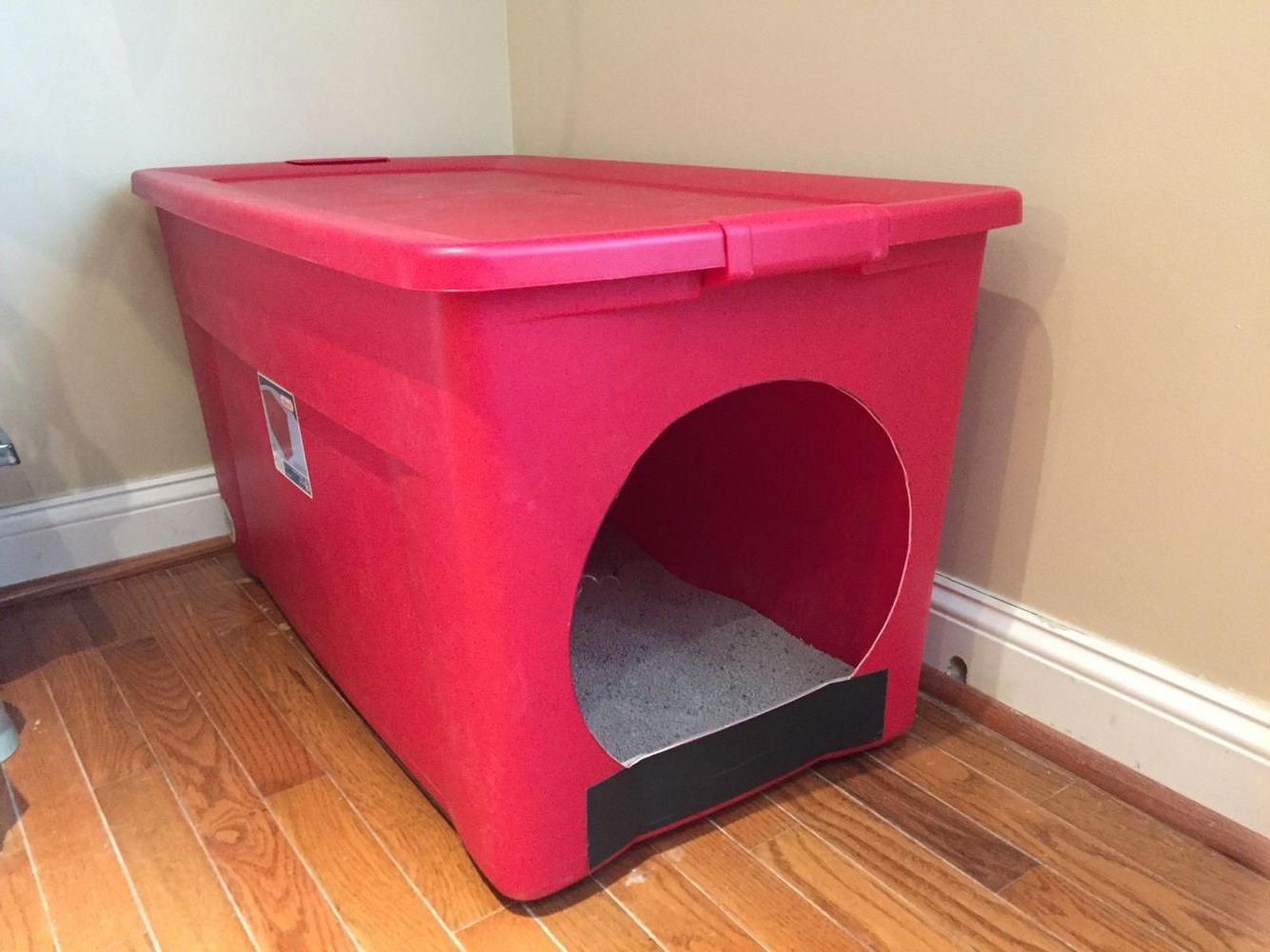
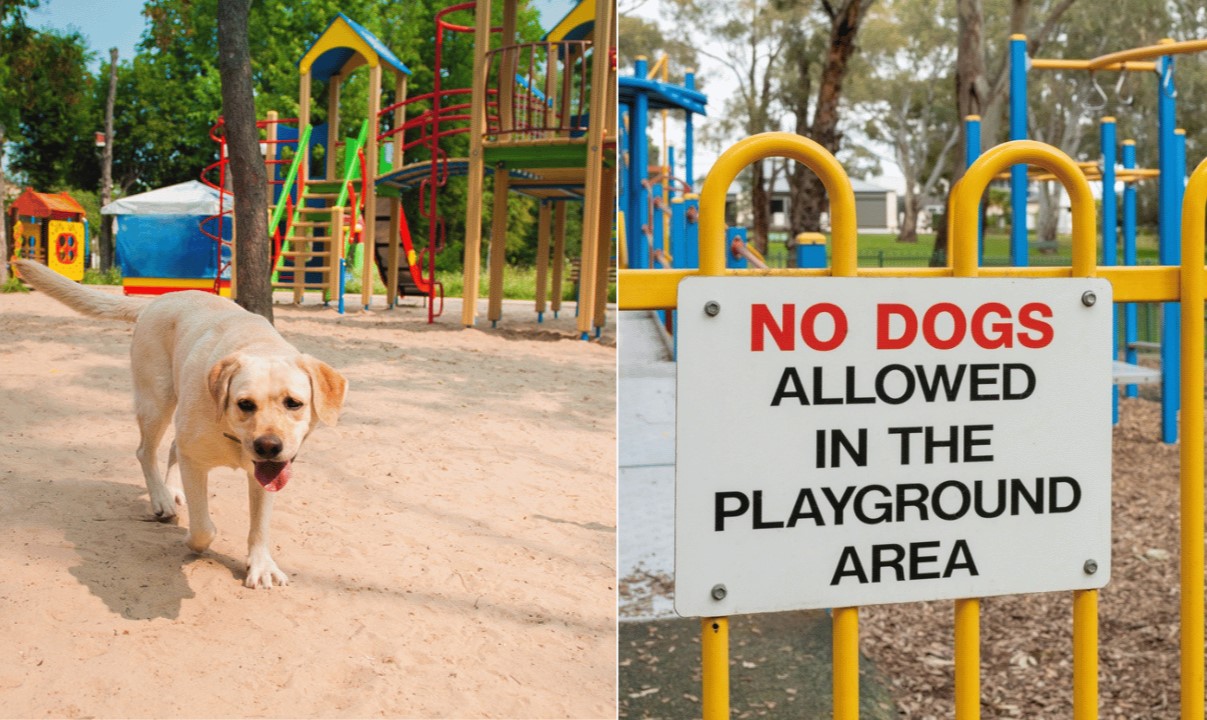
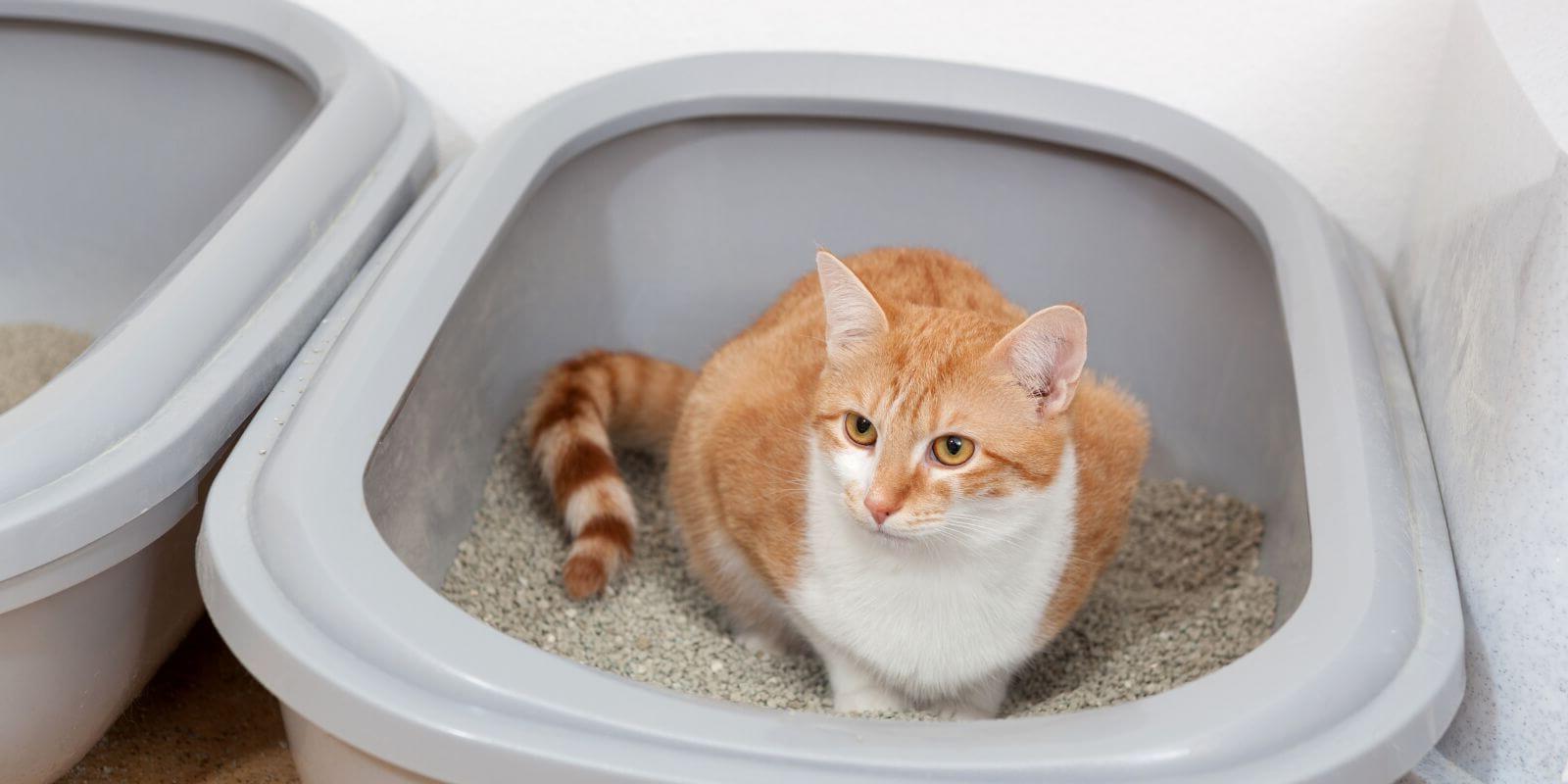

0 thoughts on “How To Keep My Dog Out Of The Litter Box”